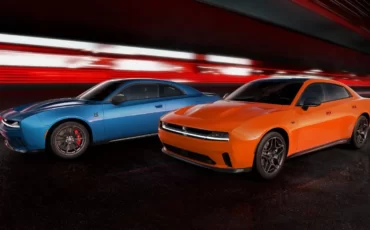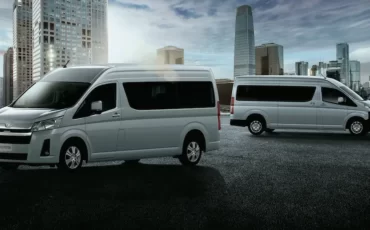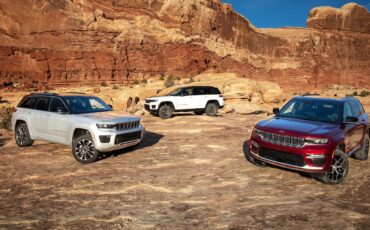The modern age recognises it as a high-performance sedan with the characteristics of a muscle car. However, older generations and classic car enthusiasts look at it as a redefining and muscular car. The Dodge Charger is, without doubt, one of the most iconic American cars to have ever existed.
The Dodge Charger has undergone several transformations since its inception in 1966. With each generation, it has adapted to the changing automotive landscape while retaining its distinctive style and powerful performance. In this DubiCars Car Spotlight article, we take a look at the Dodge Charger history & generations.
Origins Of The Dodge Charger
In the 1960s, Muscle cars, otherwise known as Pony cars were an extremely popular segment in the American market. The Ford Mustang, Dodge Challenger, Chevrolet Camaro, Pontiac GTO are all legendary cars that originated in this period. Read all about the generations of the Ford Mustang and the history of the Dodge Challenger.
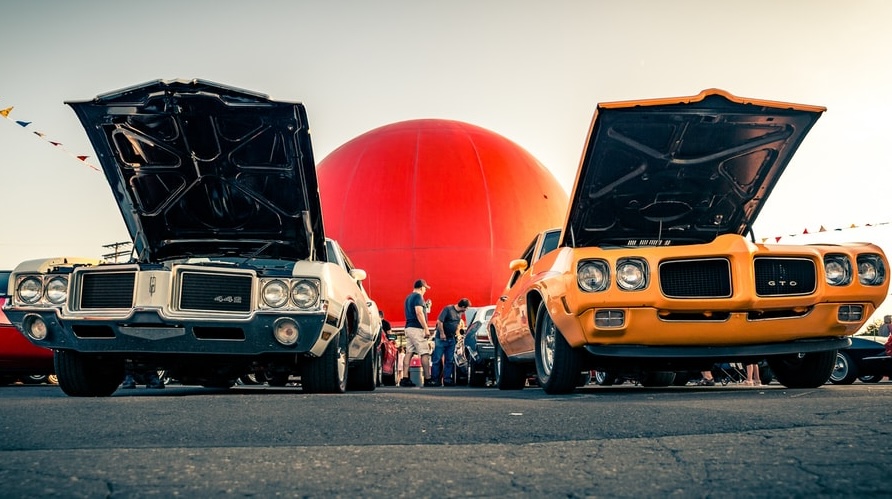
Dodge was a brand that was looking for an image makeover to turn around from its older products. Hence, it only made sense for the brand to come up with an all-new product that would rock the sales chart. This is whewre the Dodge Charger came into the picture, and the rest, as they say, is history.
First Generation | 1966 – 1967
Introduced in 1966, the first generation Dodge Charger featured a sleek fastback design, inspired by aircraft styling, which set it apart from other muscle cars of the era. Hidden headlamps with vacuum-operated covers characterised its design. Under the bonnet, it featured a range of Big Block V8 engines, including the legendary 426 Hemi.
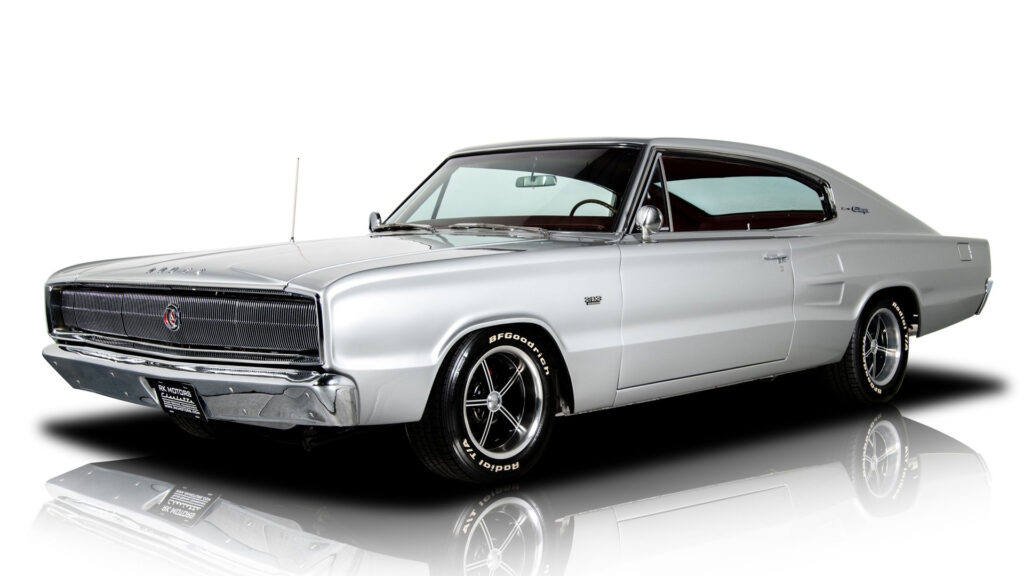
Engine capacities ranged from 5.2-litres to 7.2-itres. The Charger quickly gained popularity among enthusiasts and became a symbol of American muscle power on the streets and racetracks. Its appearances in movies and television shows further solidified its status as an automotive icon, leaving an indelible mark on pop culture.
Second Generation | 1968 – 1970
Building on the success of the first generation, Dodge introduced the second generation Charger in 1968. This iteration featured more aggressive styling, with a distinctive split grille, giving it a menacing appearance on the road. The infamous R/T generation debuted with this generation.
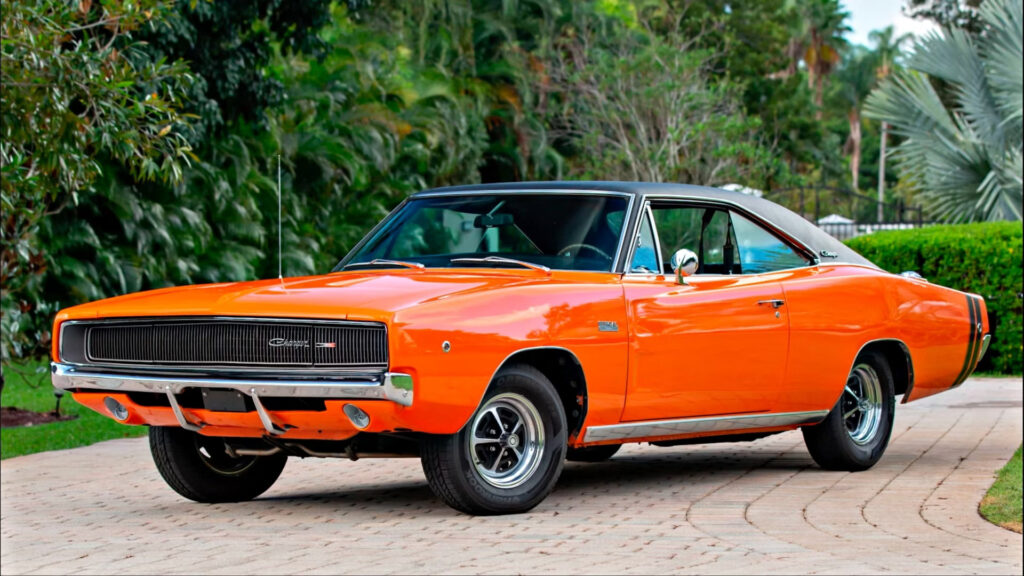
The Dodge Charger R/T (Road/Track) emerged as the flagship model, equipped with high-performance engines and upgraded suspension for improved handling. It became a dominant force in NASCAR racing, earning numerous victories and championships. For the first time, a 3.7-litre inline-6 engine was introduced on the base variant. V8 engines from the previous generation were carried over too.
Third Generation | 1971 – 1974
In 1971, Dodge redesigned the Charger once again, giving it a more angular and muscular look. This generation marked the introduction of the Charger Super Bee, a performance-oriented variant aimed at enthusiasts seeking adrenaline-pumping thrills on the road. The same engine options were carried over from the previous generation.
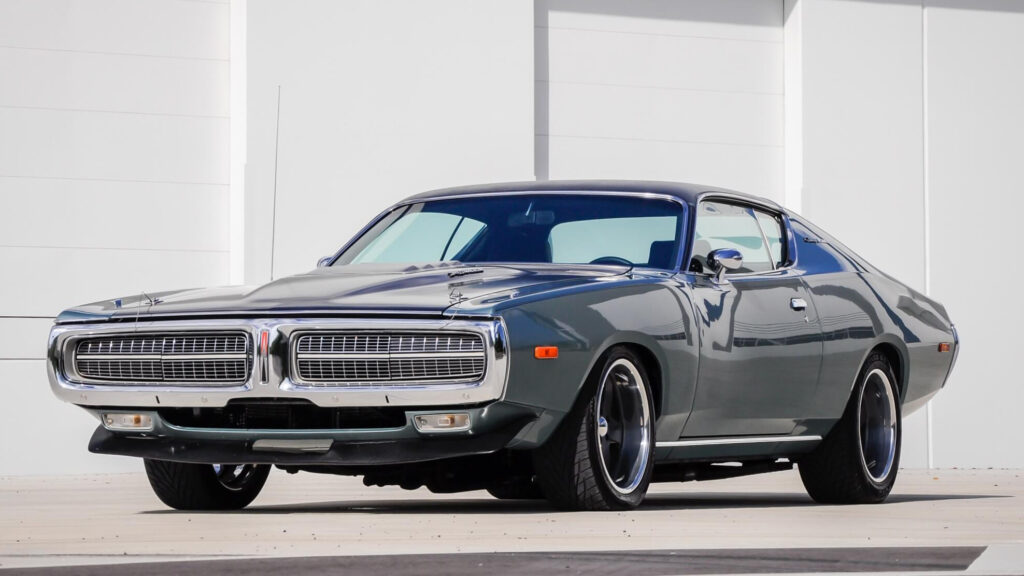
Additionally, Dodge introduced the Charger SE (Special Edition), which catered to drivers looking for a blend of luxury and performance. This generation also debuted the optional Ramcharger bonnet to feed more air to the massive V8 under it. For the first time, the hidden headlights were an optional feature.
Fourth Generation | 1975 – 1978
The fourth generation of the Charger faced challenges amid the oil crisis of the 1970s, which prompted automakers to prioritize fuel efficiency over raw power. As a result, Dodge shifted its focus towards producing smaller, more economical vehicles, leading to the discontinuation of the Charger as a muscle car.

Instead, Dodge adopted the Chrysler Cordoba and named it the Dodge Charger. It was a personal luxury car and focused a bit more on improved efficiency. While it retained the Charger nameplate, the spirit of the original muscle car was noticeably absent, reflecting the shifting priorities of the automotive industry at the time. The Charger nameplate was discontinued in 1978.
Fifth Generation 1981 – 1987
Following the discontinuation of the fourth-generation Charger, Dodge entered a period of change. In fact, the brand had started discontinuing old muscle cars, instead replacing them with cheaper and more economical small sedans. The large V8-powered Dodge Charger was replaced by a sub-compact hatchback. The mighty had fallen!
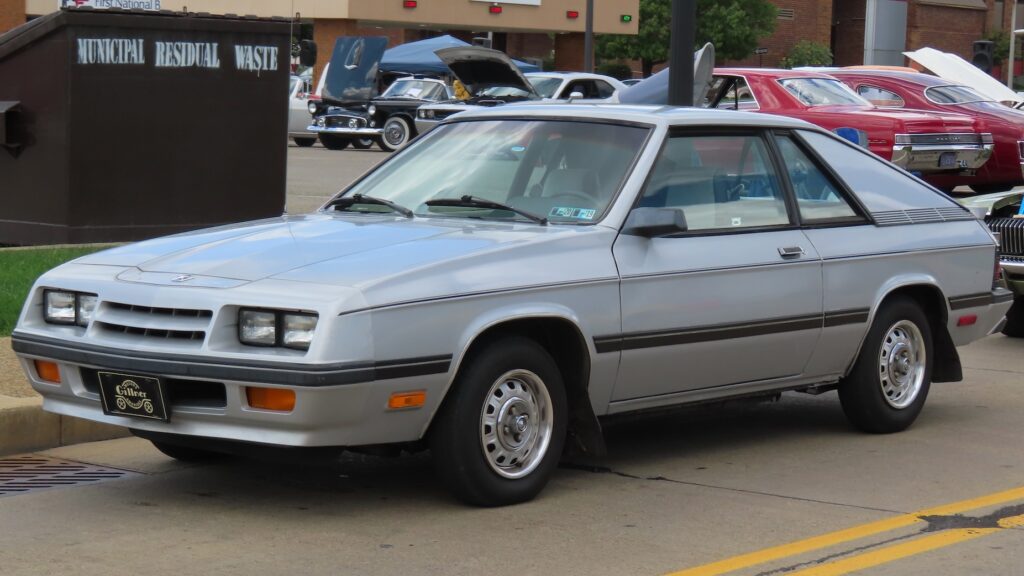
This new hatchback carried the Dodge Charger nameplate but was distant from its spirit. It only featured inline-4 engine options with capacities ranging from 1.6-litres to 2.2-litres. Dodge tried to salvage the dying brand with a Shelby edition designed by the legendary Carroll Shelby, but it didn’t help much. Dodge discontinued the Charger for the second time, and this time it seemed like it would be gone for good.
Sixth Generation | 2006 – 2010
After a 19-year hiatus, the Dodge Charger nameplate was resurrected in 2006. This modern incarnation of the Charger combined retro-inspired styling cues with contemporary engineering, paying homage to its legendary predecessors while embracing the latest automotive technologies. In addition, it was the fourth car segment explored by the Charger brand.
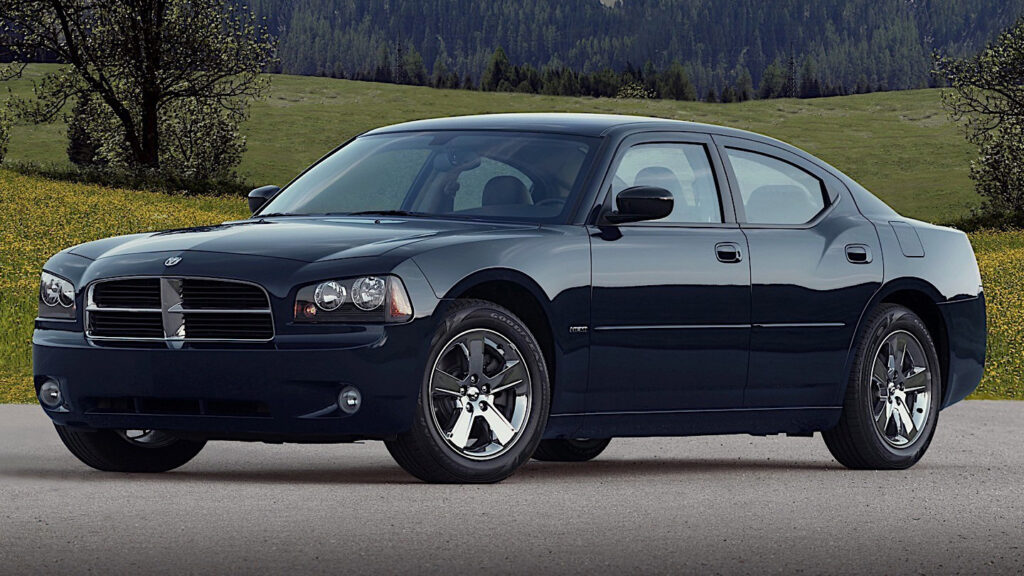
The sixth generation Charger offered a range of powerful engines, including the revered 5.7-litre and 6.1-litre Hemi V8s. 2.7-litre and 3.5-litre V6 engine options were also available. Its spacious interior and advanced features made it a practical choice for daily driving. It was also the first generation of the Dodge charger to be sold without a manual transmission option.
Seventh Generation | 2011 – 2023
With the seventh generation Charger, Dodge continued to refine and enhance the iconic muscle car. Updates to the design and styling gave it a more aggressive stance, while improvements to the chassis and suspension enhanced its handling and agility.
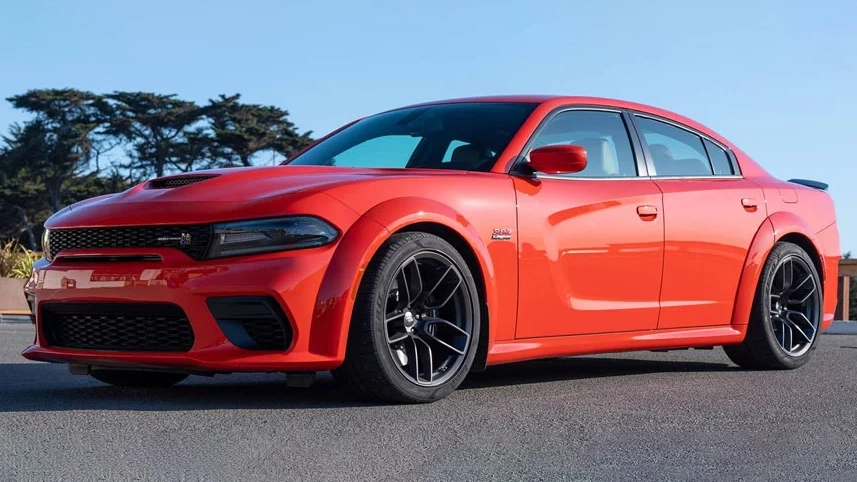
Under the bonnet, the Charger featured a new 3.5-litre V6 engine while the 5.7-litre V8 from the previous generation was retained. The monstrous 6.2-litre and 6.4-litre supercharged V8 engines debuted too, bringing out the mental Scat Pack and Hellcat variants.
Eighth Generation | 2024 – Present
As we enter the eighth generation of the Dodge Charger, the iconic muscle car continues to evolve to meet the demands of the modern automotive landscape. With advancements in electrification and autonomous driving technology, Dodge is poised to revolutionize the Charger once again, ensuring that it remains at the forefront of innovation and performance.

On 05 March 2024, the production version of the new Dodge Charger EV was revealed. It will initially be available only with an electric powertrain while a 3.0-litre turbocharged inline-6 engine will debut at a later stage. Dodge UAE even held a farewell event for the iconic Hemi V8 and revealed that the next-gen Dodge Charger EV will be launched in the UAE in December 2024.
The Dodge Charger EV will be available in two states of tune — 496hp and 670hp. The models powered by the inline-6 will also be available in two tunes — 420hp and 550hp.
Most Popular Dodge Charger Generations In The UAE
The sixth and seventh generations of the Dodge Charger are much loved and appreciated in the UAE, leading to higher sales numbers. Hence, they are very popular. However, the most iconic Dodge Charger generations are the first, second, and third generations. These are also much-coveted by classic car enthusiasts.
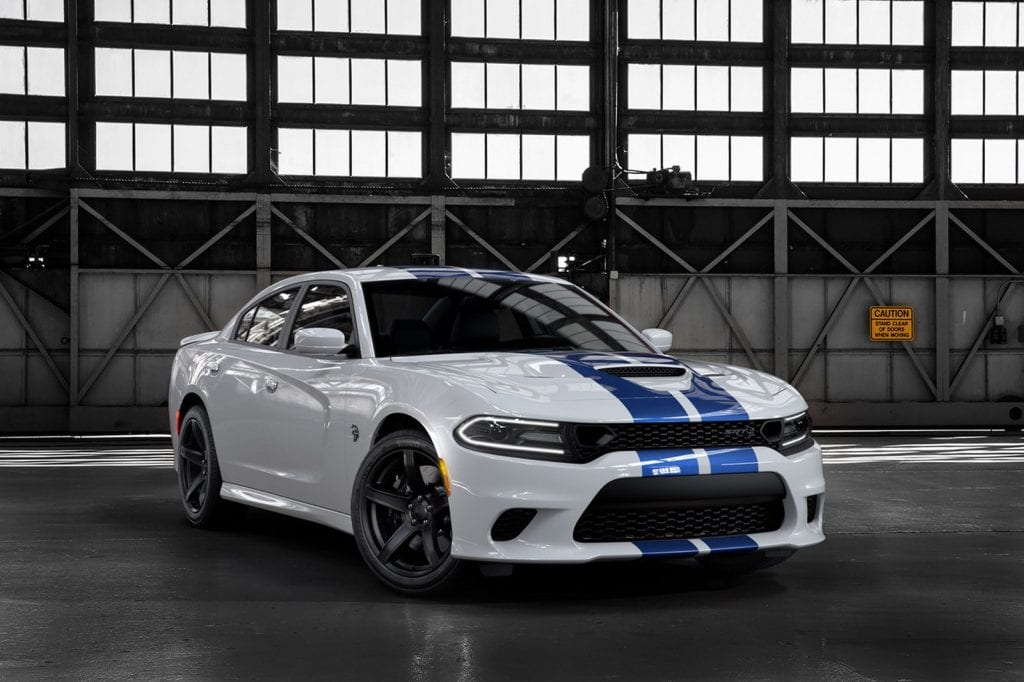
Dodge Charger Prices In The UAE
Prices for a new Dodge Charger for sale in the UAE range from AED 139,999 to AED 274,000. Prices for a used Dodge Charger for sale in the UAE range from AED 10,000 to AED 395,000.
Subscribe to DubiCars’ WhatsApp Channel for the latest automotive news, guides, polls, and informative infographics.
Also Read:
– Detailed Guide On Flood-Damaged Car Insurance Claims
– Range Rover — History, Generations & Models
– Car Logos & Their Interesting Stories



